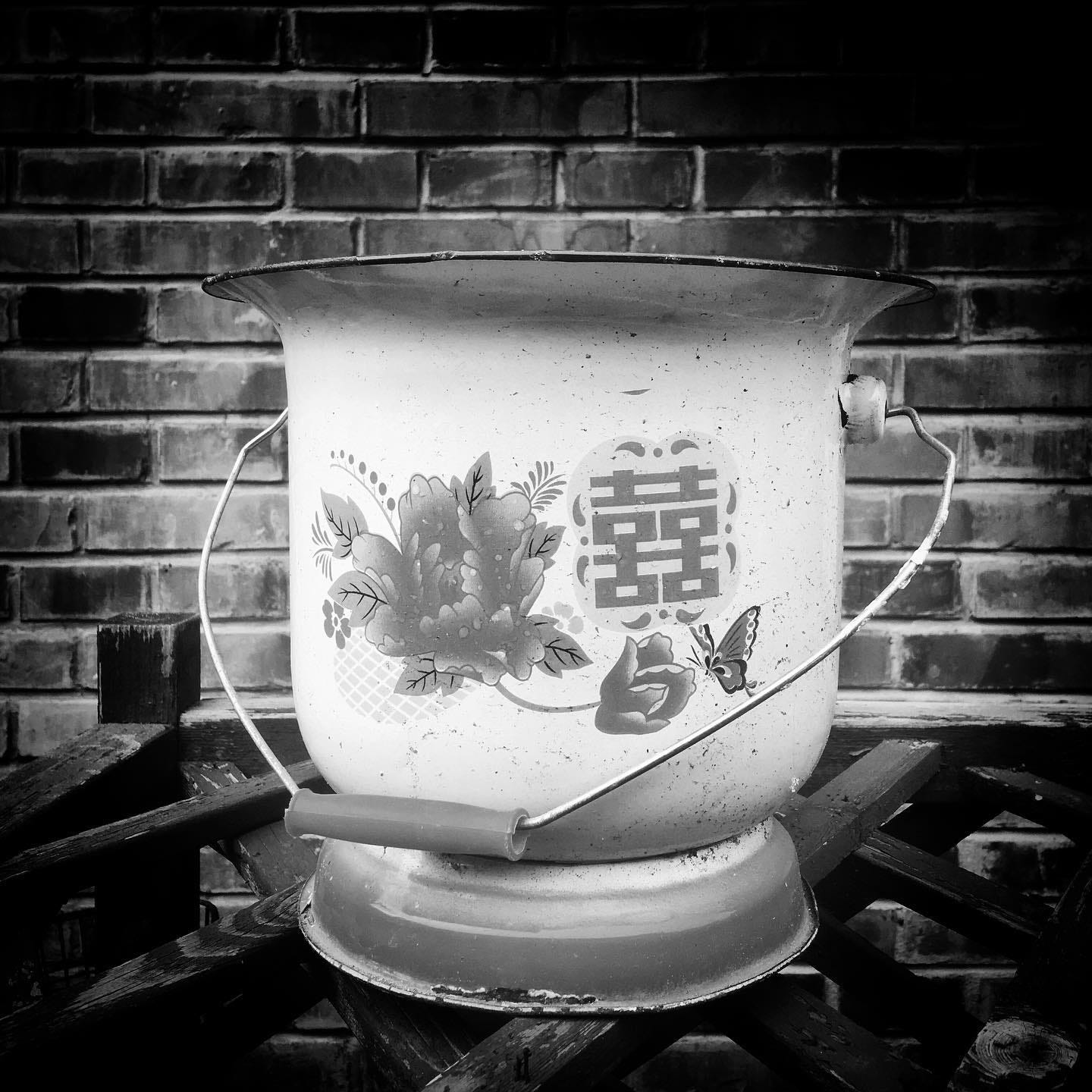U.S. and China reach trade framework in London
Beijing's rare earths dominance puts pressure on U.S.
Welcome back to What’s Happening in China, your weekly China brief.
The U.S. and the PRC appear to have reached a trade consensus this week in London. Before we get into that, there are two complementary pieces I think you should read.
In “China Is Counting On Its Rare Earths Dominance to Make Trump Blink,” Mary Gallagher, professor of global affairs at the University of Notre Dame, traces how the PRC became the world’s main provider of rare earths, a manufacturer of intermediate inputs, and the hub for the supply chains that use them to make electric vehicle motors, wind turbine generators, cell phones, rechargeable batteries, and military equipment. In explaining Beijing’s critical minerals strategy, Gallagher answers two questions:
Why did China use its most lethal bargaining chip now? And what does this latest round of supply chain weaponization indicate for the future of U.S. self-sufficiency and derisking with regard to its rare earths dependencies on China?
In “Rare Earths are more like Cinnamon than like Crude Oil,” Lucy Hornby—aka She said Xi Said—guides us through a delightfully smart, culinary-inspired Rare Earths 101. She unpacks the industry, its complex supply chains, and the kind of political and industrial commitment needed to rebuild it elsewhere:
China’s dominance today – not just in the geological deposits but also in the rare earths processing chain – is due to decisions taken in the early 2000s, when a few Chinese policy wonks deep in the industrial ministries argued that it was a mistake to shovel these valuable metals out the door in the form of cheap raw materials sold in bulk.
And she wryly adds:
This isn’t something that you negotiate in Geneva on Sunday and then eliminate by Tweet on Thursday.
Let’s jump into it.
— PC
Through the Lens

In Focus
I. An agreement to a framework to honor a deal
For the second time in two months, President Donald Trump on Wednesday touted a “deal” with China. There’s one problem: It’s largely the same deal the two countries agreed to last month.
And the initial readouts of the handshake agreement underscore just how far the Trump administration is from achieving its larger goals in the trade negotiations with Beijing.
“The two sides have already met once to try to de-escalate and basically agree to stop punching each other in the face with extreme tariffs,” said Emily Kilcrease, a former deputy assistant U.S. Trade Representative from 2019 to 2021. “And now they’ve come back together to say ‘Yes, we’ve already agreed we should stop punching each other in the face. Let’s actually stick to it this time.’”
Speaking late Tuesday in front of the ornate London mansion where they’d just held two days of talks, Commerce Secretary Howard Lutnick and U.S. Trade Representative Jamieson Greer told reporters the world’s two largest economies had agreed to ratchet back actions both sides have taken since they announced an initial deal to cool tensions on May 12.
[…]
In his remarks to reporters Tuesday night, Lutnick said some of the export restrictions the U.S. has imposed on China in recent months on things like airplane parts and semiconductors and software would “come off … in a balanced way, when they approve the [critical minerals’] licenses.”
Kilcrease called that a “very dangerous precedent.”
“There was always this view that the U.S. will impose export controls because it’s a matter of national security, and because it’s a matter of national security, we don’t negotiate over it. Now you’ve given China an opening in every single future conversation to come back in and push the United States on export controls,” she said. “And they’re not just going to push on the kind of new export controls that were put in place for leverage. They’re also going to push on the chip controls, the AI controls, all of the controls that they have hated for decades. We just opened the door to that.”
Read: Trump’s latest trade ‘deal’ with China underscores key U.S. disadvantage (Politico)
Related:
Trump says China will face 55% tariffs as he endorses trade deal (The Guardian)
China affirms trade deal with US, says it always keeps its word (Reuters)
China's tight grip on rare earths shows little sign of weakening (CNBC)
China demands sensitive information for rare earth exports, companies warn (Financial Times)
Unearthing the Cost: Rare Earth Mining in Myanmar’s War-Torn Regions (ISP-Myanmar)
With Musk Out, the White House Belongs to the Hawks (The Monitor)
Keep reading with a 7-day free trial
Subscribe to What's Happening in China to keep reading this post and get 7 days of free access to the full post archives.
